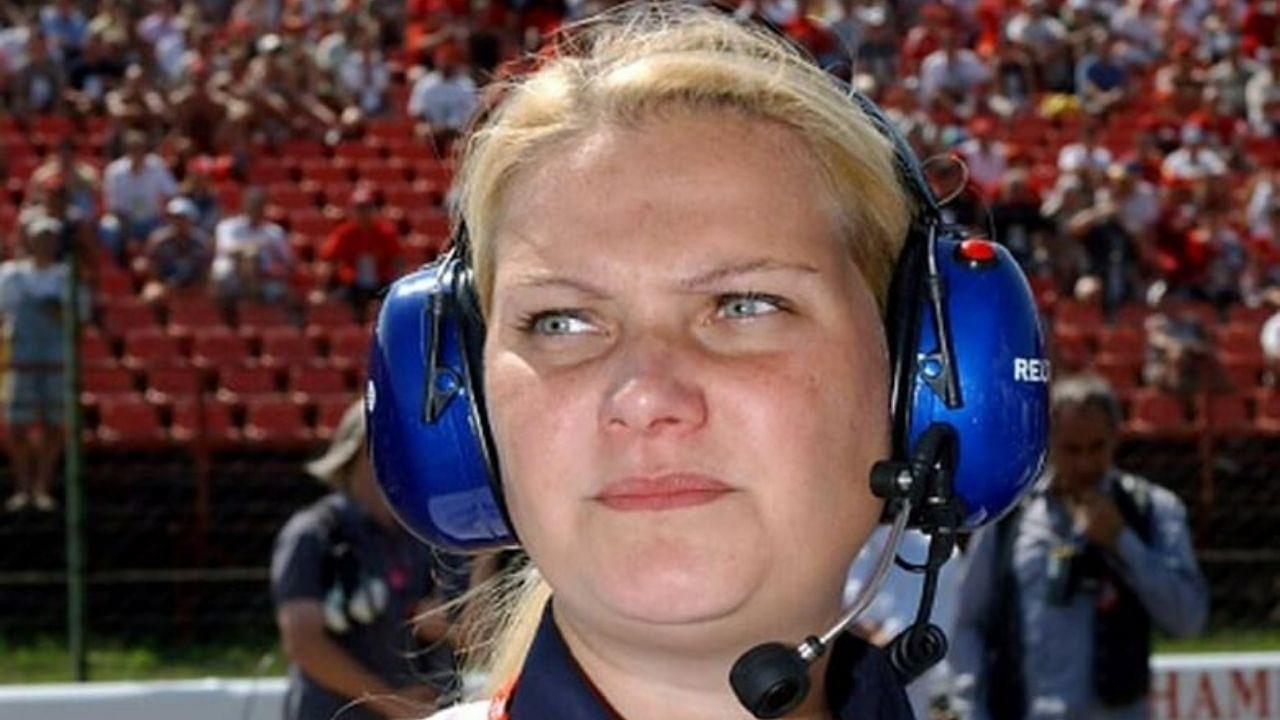50-year-old Antonia Terzi, the former Williams and Ferrari aerodynamicist, died in a car crash in the United Kingdom.
Antonia Terzi was an inspiration for the famous ‘walrus nose’ that appeared on the Williams FW26 F1 car in 2004. She began her career with Ferarri, where she worked under Rory Byrne until 2001. She studied aerodynamics in Italy and the UK.
After gaining fame for her work, she moved to Williams and became the team’s chief aerodynamicist. She played a vital role in the team during its engine partnership with the German manufacturer BMW.
We are deeply saddened to learn of the passing of our former colleague and chief aerodynamicist, Antonia Terzi.
Our thoughts go out to Antonia’s friends and family at this difficult time. pic.twitter.com/lgrhmanuQm
— Williams Racing (@WilliamsRacing) November 1, 2021
She helped the Williams team cause a stir ahead of the 2004 season when the FW26 was revealed with its unique ‘Walrus nose’ concept.
Williams wanted to shorten the nose as much as possible. Through this, they tried to maximise downforce and minimise drag – with the twin ‘tusk’ arches sloping down to act as an attachment for the front wing.
While Williams was sure about the benefits of the design, the FW26 proved tricky to set up. However, by the time of Hungarian GP, the team switched to a more conventional nose configuration.
Also, Read: Mercedes boss says that his driver will do whatever it takes to stop his rival from winning the title
Antonia Terzi moved from Williams after Ferarri’s dominance
Williams ended the 2004 season in better shape, with Juan Pablo Montoya winning the pole position at the Italian GP and winning the final race in Brazil.
Terzi left the Grove-based Williams after the challenging season in which Ferrari’s F2004 proved dominant. Loic Bigois replaced her. She moved away from F1 and took on a role at Bentley as head of aerodynamics.
Recently, she took up several academic ventures, and she joined the Delft University of Technology as an assistant professor. She worked in the Faculty of Aerospace Engineering.
One of her projects at the university was the Superbus. A fully electric vehicle made of composite materials featured ‘gull wing’ doors and could carry up to 23 passengers.
Last year she joined the Australian National University in Canberra as a full-time professor.







